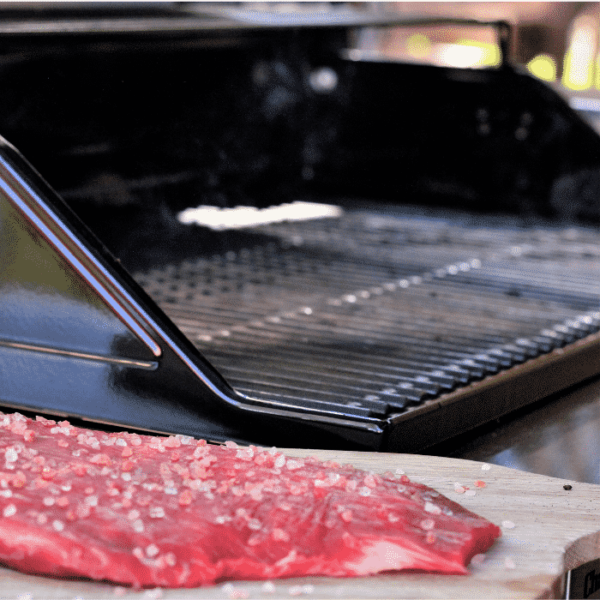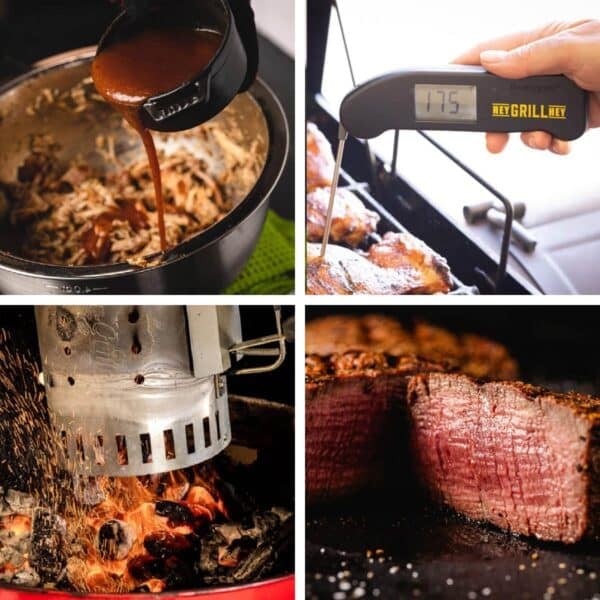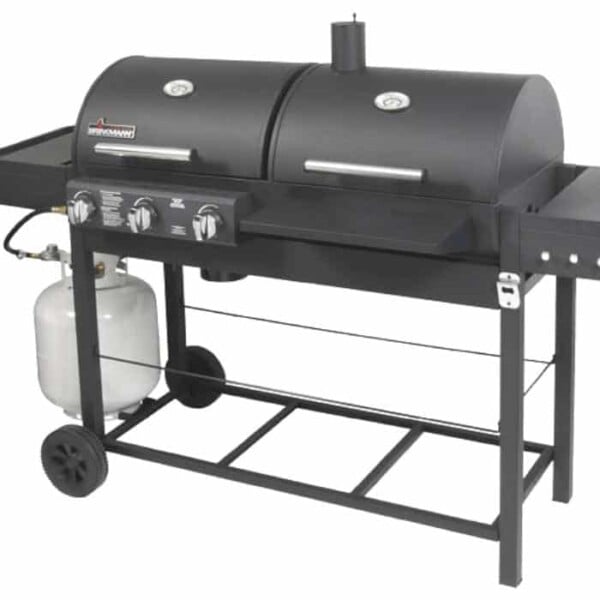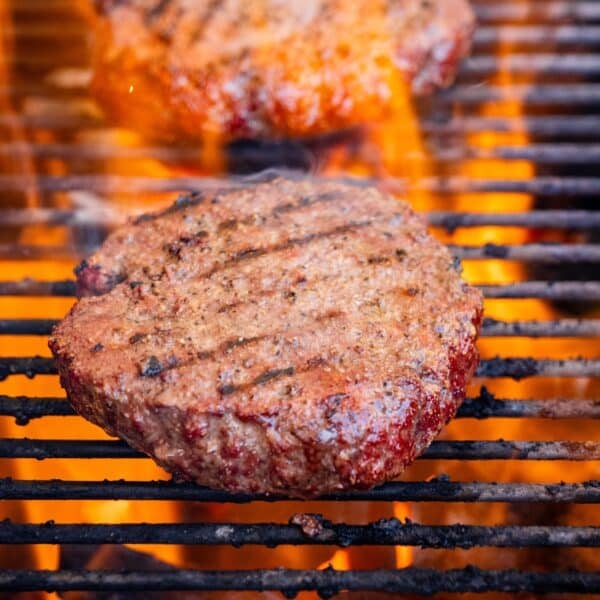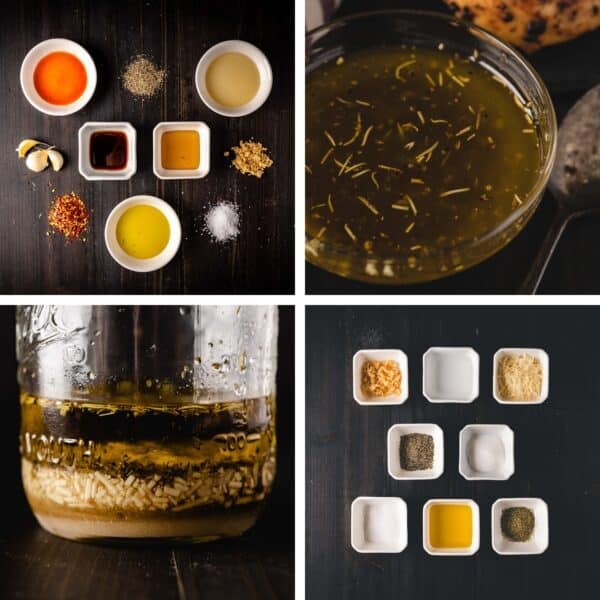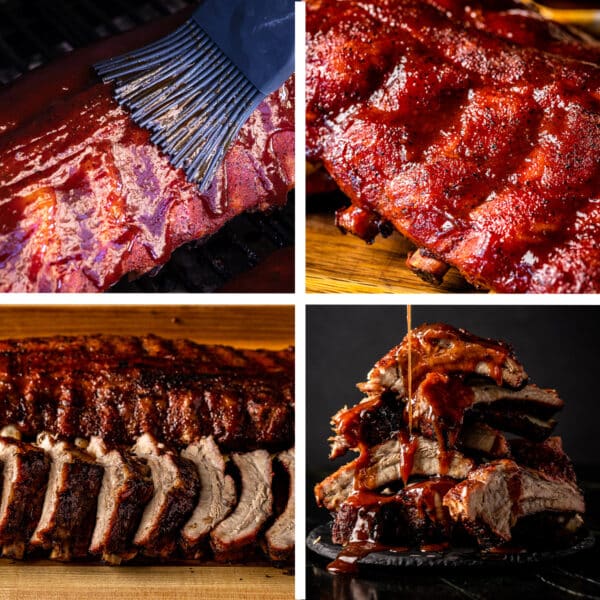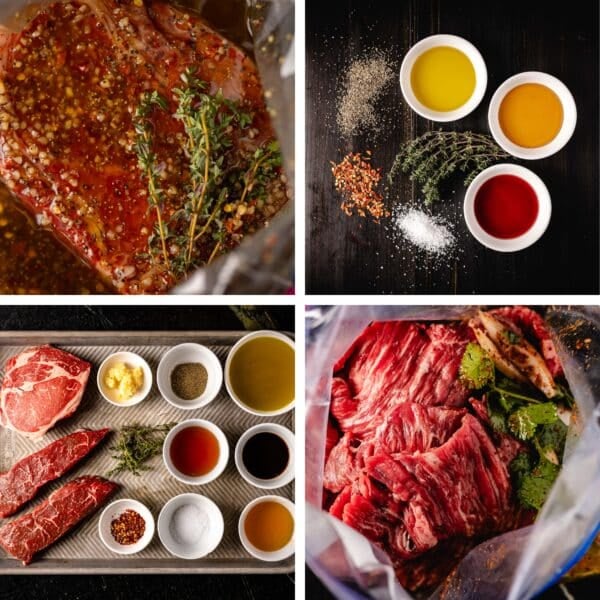Guide to BBQ Smoking
On June 21, 2023
This post may contain affiliate links. Please read our disclosure policy.
Welcome, BBQ enthusiasts! If you’re new to the world of grilling and smoking, you’ve come to the right place. Today, we’re diving into the essential techniques of building a clean fire that produces mouthwatering, flavorful smoke for your BBQ. We’ll also explore the different wood flavors and their ideal pairings with various cuts of meat. And don’t worry, we won’t forget to mention how charcoal can also add fantastic smoky flavors to your food. So grab your apron, let’s fire up the grill, and embark on a flavorful journey all about smoke!

Building a Clean Fire for BBQ
When it comes to achieving clean smoke, the foundation lies in building a proper fire. Here are some key steps to follow:
Selecting the Right Wood
Using hardwoods is essential for creating a clean smoke. Avoid softwoods like pine or cedar, as they can release harsh, resinous smoke that imparts an unpleasant flavor. Opt for hardwoods such as oak, hickory, apple, cherry, or pecan, which provide a milder, sweet, and smoky flavor to your BBQ.
Seasoning the Wood
It’s crucial to use properly seasoned wood for smoking. Freshly cut wood contains excess moisture, which can result in a bitter, acrid smoke. Fresh wood also has a tendency to pop and spit hot embers. Allow your wood to dry for at least 6-12 months to reach an optimal moisture level. You can also purchase pre-seasoned wood from reputable suppliers.
Managing Airflow
To achieve clean smoke, you need a well-ventilated fire. Ensure proper airflow by adjusting the vents on your charcoal grill or smoker. More oxygen means a cleaner burn and better smoke quality. Experiment with the vents until you find the right balance for your specific setup.
Building your Fire
Setting up your grill or smoker to provide even heat and airflow to your fire is crucial in getting a clean burn. Your goal for your fire is that you see thin wafts of nearly blue-hued smoke coming out of the vents. Thick, white, billowy smoke is a sign of a fire that has insufficient oxygen or too much moisture. For more information on building a fire, check out my full post HERE.

Understanding Wood Flavors for Smoking
Now that we have the basics of clean smoke covered, let’s explore the various wood flavors and their ideal pairings with different cuts of meat:
- Oak. Oak wood offers a well-balanced and versatile flavor. It pairs excellently with beef, providing a robust and smoky profile. It’s a great choice for smoking briskets, ribs, or even burgers.
- Hickory. Hickory is renowned for its strong, bacon-like aroma. It’s perfect for pork, adding a rich, sweet, and slightly pungent flavor. Use hickory when smoking pork ribs, shoulders, or even bacon-wrapped delights.
- Apple. Apple wood delivers a mild and slightly sweet flavor, making it a fantastic choice for poultry and pork. It complements chicken wings, pork chops, or even whole turkeys with a delicate touch of sweetness.
- Cherry. Cherry wood infuses a slightly fruity and tangy flavor into your BBQ, as well as creating a beautiful mahogany color on the bark of smoked meats. It pairs wonderfully with pork, chicken, and even fish. Try it with pork tenderloin, smoked chicken thighs, or salmon fillets for a delightful taste.
- Pecan. Pecan wood offers a rich, nutty flavor with a hint of sweetness. It’s a versatile choice that works well with almost any meat, particularly beef, pork, and poultry. Experiment with pecan when smoking steaks, ribs, or whole chickens.
Combining Woods
It is pretty common to see wood flavor blends in the pellet grill business, as manufacturers try different combinations to change up flavor profiles and attract customers. You can do this at home by alternating the wood flavors you add to your smoker. Some of my favorite flavor combos include oak and cherry on anything beef (perfect balance of flavor and color) or apple and hickory (stronger smoker flavor than apple alone, but the sweet apple balances the pungency of hickory).
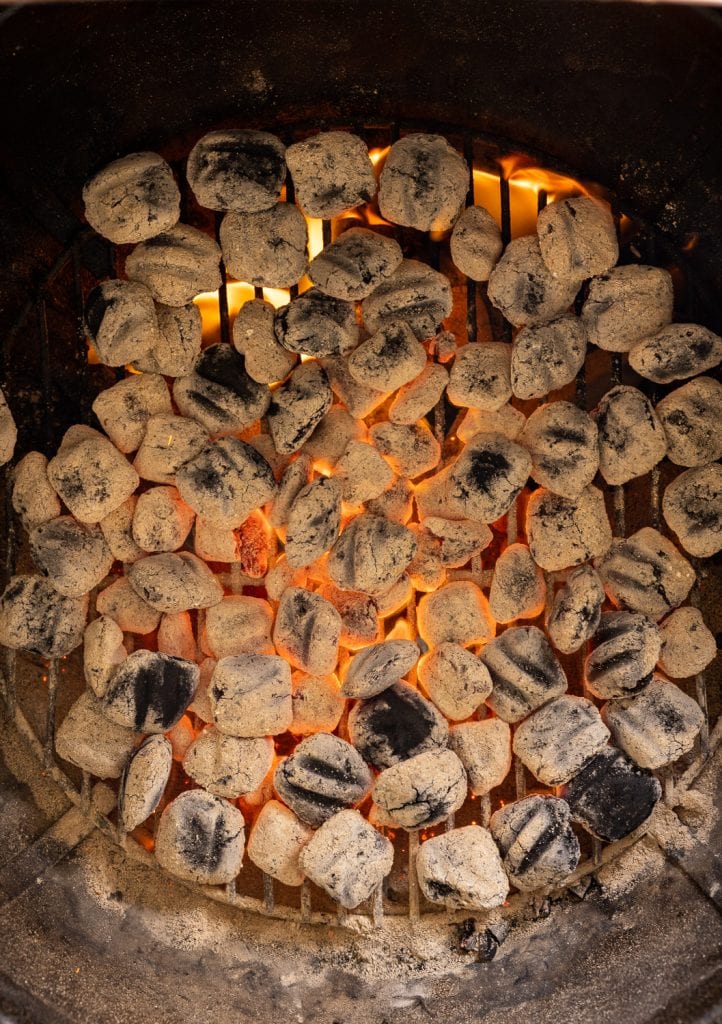
Charcoal
Charcoal isn’t just for providing heat; it can also contribute to the smoky goodness of your BBQ. Here’s how you can harness charcoal for flavor:
- Lump Charcoal. Opt for high-quality lump charcoal, made from hardwoods, which provides a more natural and flavorful smoke compared to briquettes. The pure wood composition creates a cleaner burn and imparts a distinct smoky taste to your food.
- Charcoal Flavor Packs. If you’re looking to intensify the smoke flavor, consider adding charcoal flavor packs or wood chunks to your charcoal grill. These packs are specifically designed to release aromatic smoke, enhancing the overall taste of your BBQ.
Combining Charcoal and Wood
For a perfect blend of smoky flavors, you can combine charcoal and wood. Start by lighting a small amount of charcoal, and once it’s covered with ash, add your desired wood chunks or chips. The charcoal will provide heat, while the wood adds the signature smokiness.
Congratulations, BBQ enthusiasts! You are now equipped with the knowledge to create a clean fire that produces amazing smoky flavors for your BBQ. Remember to choose the right hardwoods, season your wood, manage airflow, and explore different wood flavors for various cuts of meat. And don’t forget the versatility of charcoal in contributing to the delicious smoky profile. So, fire up that grill, experiment with different combinations, and enjoy the art of mastering clean smoke in your BBQ endeavors. Happy grilling!
More BBQ Tip Guides
Tips & Tricks
5 Best BBQ Tips for Beginners
Tips & Tricks
5 Tips to Up Your Grilling Game
Everything Else
Top 10 Tips to Enjoy Better BBQ
Tips & Tricks
